Web3 social media platforms like Lens Protocol, Farcaster, and Friend.tech are redefining digital interaction in 2025. Explore case studies, adoption stats, and challenges as they take on X and Meta.
In 2025, the question of who controls your online identity and data is more urgent than ever. Traditional social media giants like Meta and X (formerly Twitter) dominate digital interaction but monetize user data in ways that often compromise privacy, freedom of speech, and ownership of content.
Enter Web3 social media: decentralized platforms built on blockchain, where users own their identity, control their content, and can even monetize directly through tokenized interactions. Platforms like Lens Protocol, Farcaster, and Friend.tech are no longer experiments they are active ecosystems attracting developers, creators, and investors. But can these platforms realistically challenge the dominance of billion-user giants? Or are they destined to remain niche products for crypto enthusiasts?
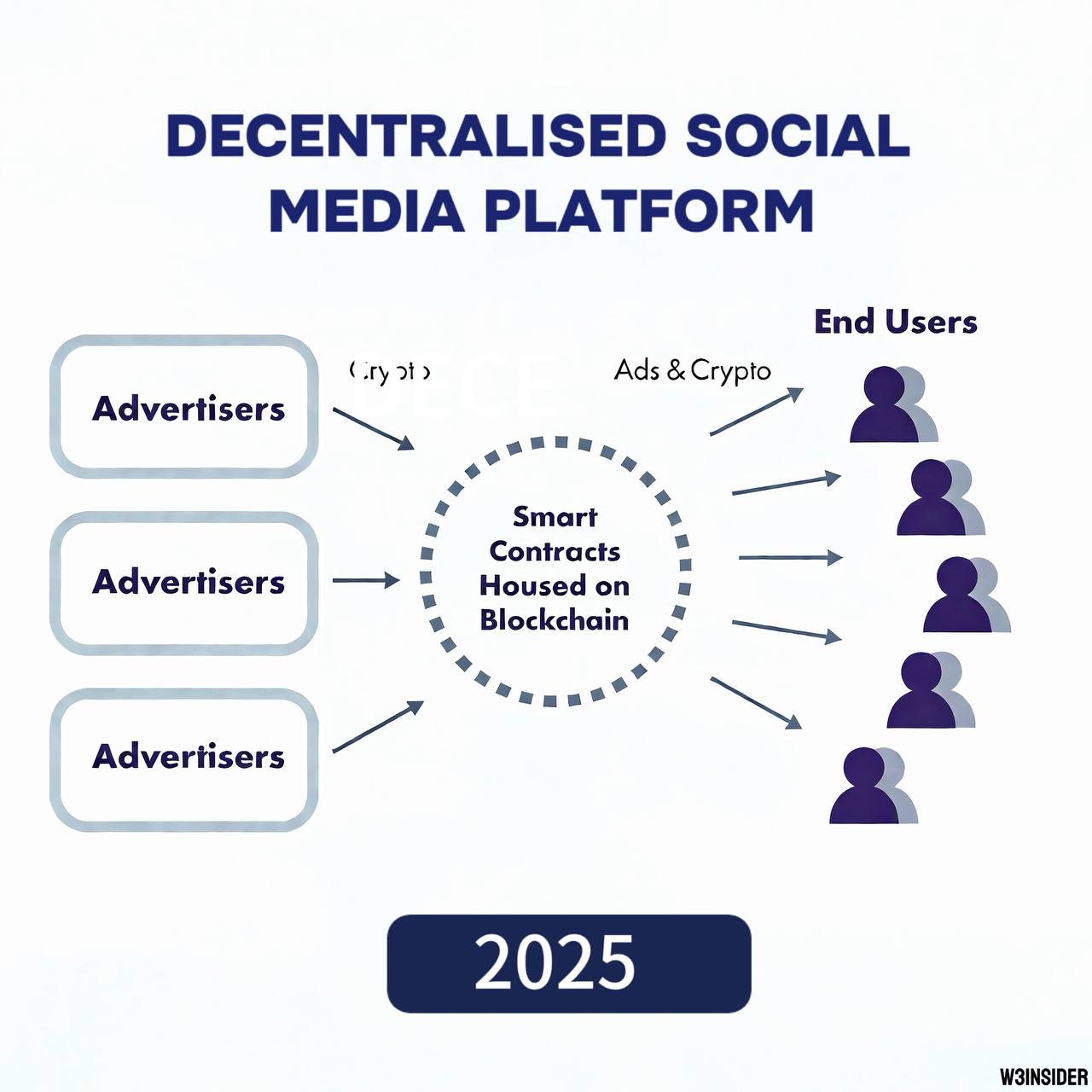
The Promise of Web3 Social Media
Unlike traditional platforms, Web3 social networks don’t rely on ads or data harvesting. Instead, they are powered by:
Self-sovereign identity: Users own their profiles and connections via wallets, not centralized servers.
• Portability: Your social graph (followers, posts, reputation) moves with you across apps built on the same protocol.
• Direct monetization: Creators can earn through NFT posts, tipping, and tokenized memberships without platform fee.
According to Messari Research, Web3 social networks attracted over 15 million unique wallet addresses by mid-2025, up from fewer than 2 million in early 2023. That’s a 650% growth in just two years.
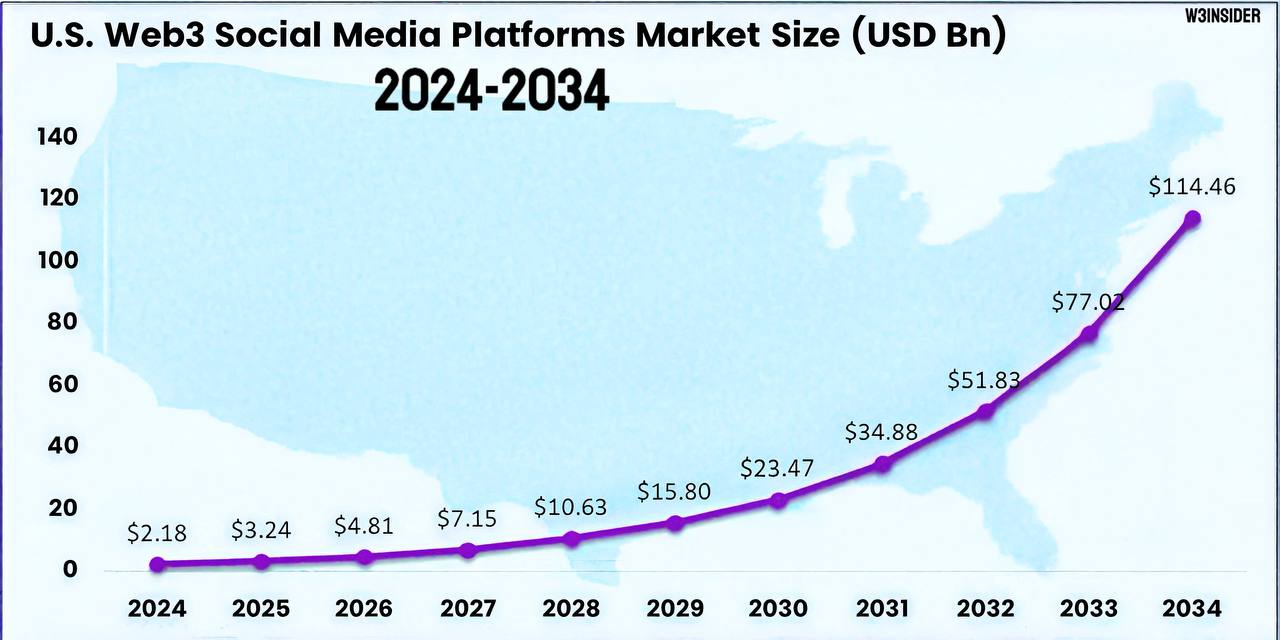
Case Studies Leading Platforms in 2025
Lens Protocol:
Launched by Aave founder Stani Kulechov, Lens Protocol has become the flagship Web3 social ecosystem on Polygon.
• Every profile is an NFT that users truly own.
• Posts, comments, and likes are stored on-chain, making censorship nearly impossible.
• In 2025, Lens has expanded to include creator monetization tools such as gated communities, NFT-based content, and micropayments.
Lens’ biggest breakthrough? Interoperability. A user’s Lens profile works seamlessly across multiple dApps like Orb, Lenster, and Buttrfly allowing creators to build once and distribute everywhere.
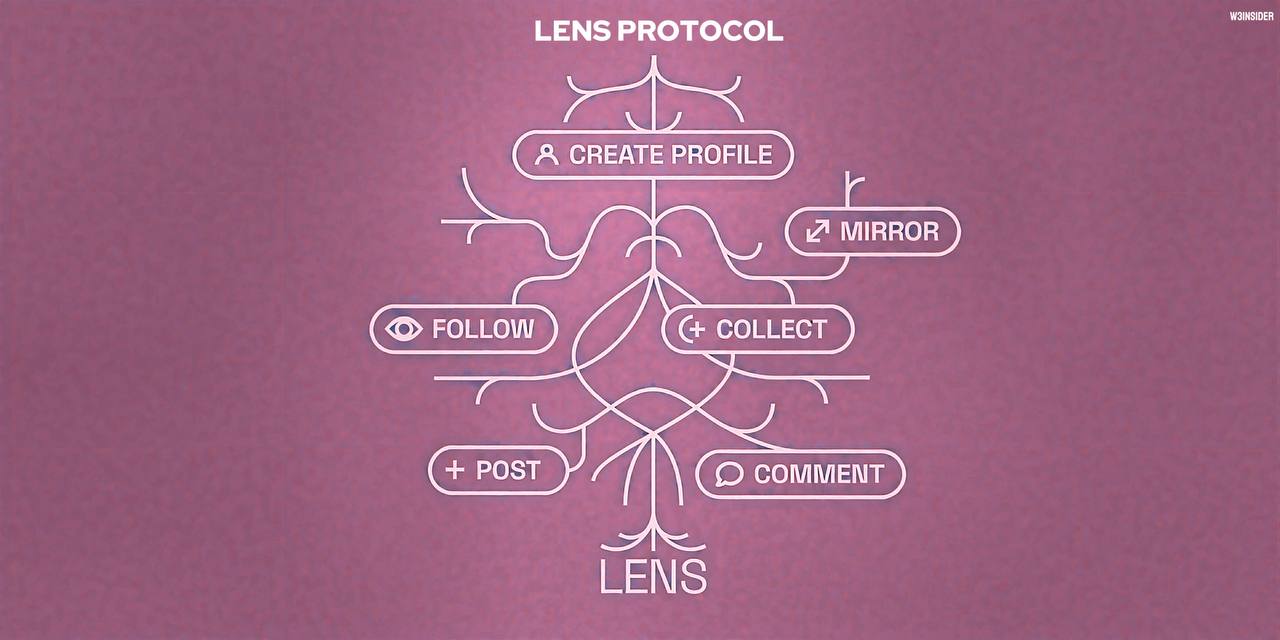
Farcaster:
Farcaster, co-founded by ex-Coinbase CTO Dan Romero, focuses on creating a decentralized but developer-friendly social protocol.
• It offers a hybrid design: identity and data layers on-chain, but scalability handled off-chain.
• By early 2025, Farcaster reported over 1 million daily active users, with strong traction among developers.
• The protocol encourages an open app ecosystem, enabling anyone to build their own client (similar to how email works).
Farcaster is proving that decentralization does not have to come at the cost of usability.
Friend.tech:
Friend.tech, launched in 2023, pioneered the concept of social tokens where followers can purchase “keys” to interact with creators. Initially dismissed as hype, Friend.tech has evolved in 2025 into a broader creator monetization network.
• Celebrities and influencers now issue “social passes” that give fans access to exclusive chats, content drops, and live sessions.
• According to Dune Analytics, Friend.tech has generated over $60 million in cumulative fees by mid-2025, showing sustained engagement.
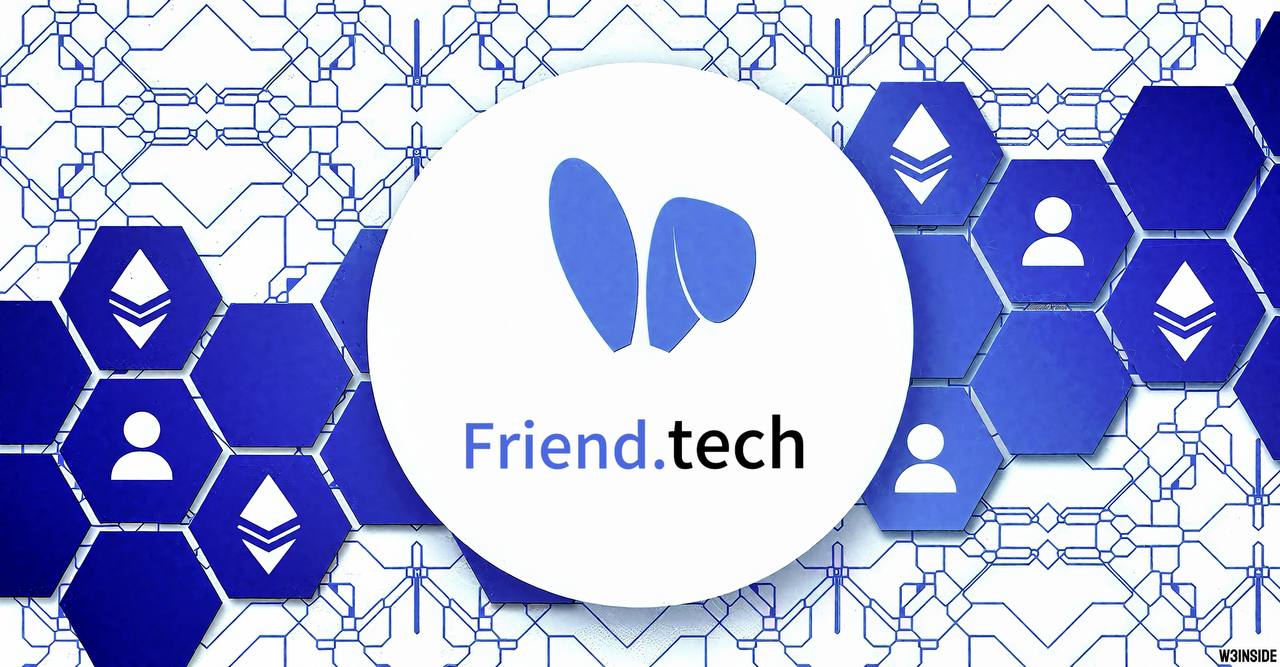
Adoption Trends
1. User Base Growth: While Web3 social is still small compared to Meta’s 3 billion users, growth is rapid. According to Electric Capital’s Developer Report 2025, the number of developers building on decentralized social protocols has grown 5x since 2022, signaling strong infrastructure momentum.
2. Monetization Models: Instead of relying on ads, Web3 platforms experiment with tokenized engagement. For example:
• Lens allows NFT-gated content.
• Farcaster supports tipping in stablecoins.
• Friend.tech offers key-based revenue sharing.
3. Geographic Hotspots: Emerging markets like India, Nigeria, and Brazil are showing strong uptake due to mobile-first adoption and frustrations with centralized platform censorship.
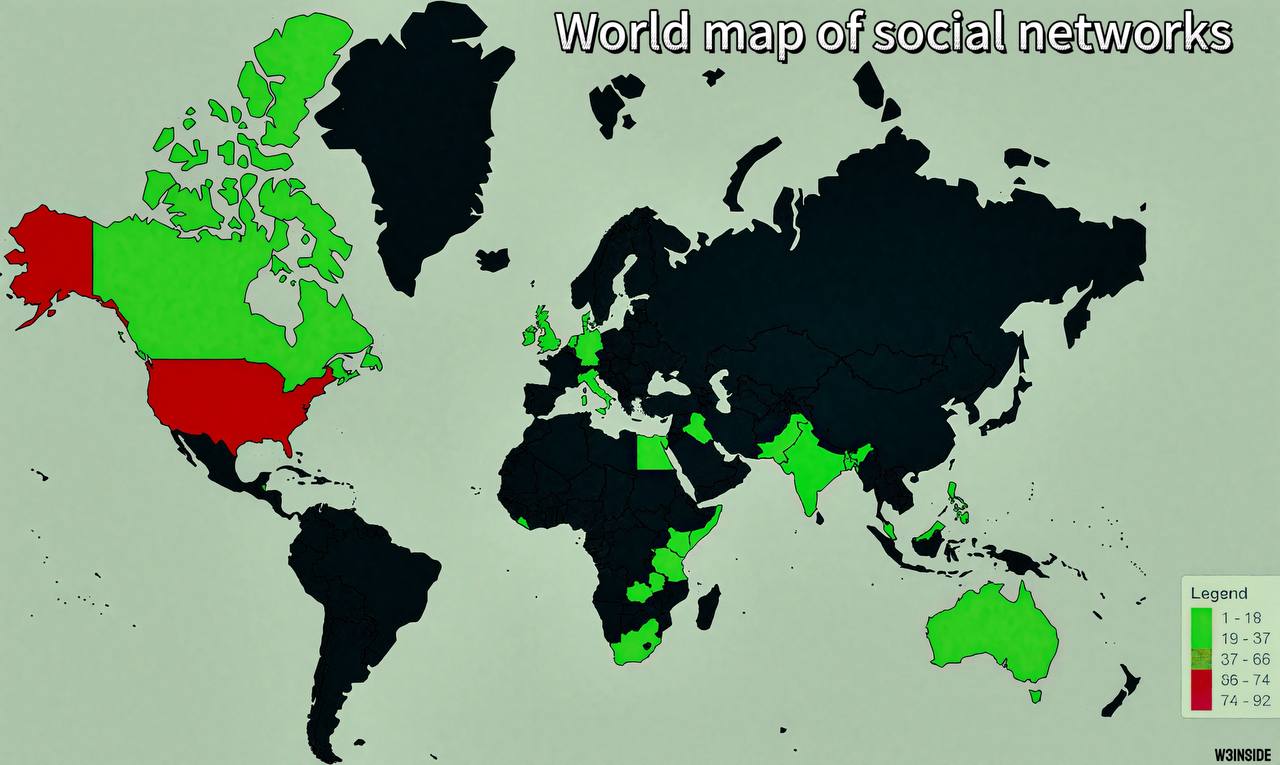
Case Study: Political Use in 2025
During the 2024 Indian elections, grassroots activists used Lens Protocol to organize campaigns and share content that was frequently flagged or removed on centralized platforms. Researchers from the Internet Freedom Foundation documented how decentralized platforms allowed voices to persist even under censorship pressure. Similarly, in the U.S., communities concerned with content moderation policies on X have migrated to Farcaster, creating parallel digital towns where discourse is community-governed. These cases demonstrate the political relevance of decentralized networks not just their technical novelty.
Market Size and Financial Projections
A Boston Consulting Group (BCG) study estimates the Web3 social market could grow from $11 billion in 2024 to $200 billion by 2030, assuming adoption parallels early Web2 growth curves. Revenue models include:
• NFT-based content monetization
• Social token trading
• DAO-driven community funding
• Micro-subscriptions powered by stablecoins
This would still be modest compared to Meta’s $134 billion annual revenue in 2024 but the trajectory shows disruptive potential.
The challenges Ahead
1. Scalability: On-chain social data can be costly. Storing millions of posts directly on Ethereum is impractical, pushing platforms toward layer-2 scaling (e.g., Polygon, Optimism) or hybrid architectures.
2. User Experience: Wallet onboarding remains clunky. For mainstream users, creating a MetaMask wallet is still far harder than signing up for Facebook.
3. Regulation: Governments worry about unmoderated content and financial aspects of tokenized engagement. The EU’s Digital Services Act and the U.S. SEC are monitoring Web3 social closely.
4. Network Effects: Meta and X benefit from entrenched user bases. Web3 platforms must provide unique value to overcome the “cold start” problem.
The Future Outlook
Looking ahead, analysts believe that Web3 social will coexist with, rather than fully replace, traditional platforms. The likely scenario is:
• Hybrid adoption: Users may keep Facebook for family updates but use Lens or Farcaster for monetized or censorship-resistant communities.
• Enterprise adoption: Brands are beginning to explore Web3 social for loyalty programs, token-gated experiences, and direct fan engagement. Starbucks’ Odyssey NFT program and Nike’s .Swoosh are early signs of this convergence.
• AI + Web3: AI-generated content combined with blockchain verification could create a powerful solution to misinformation. Decentralized platforms can verify provenance of posts, ensuring authenticity in an era of deepfakes.
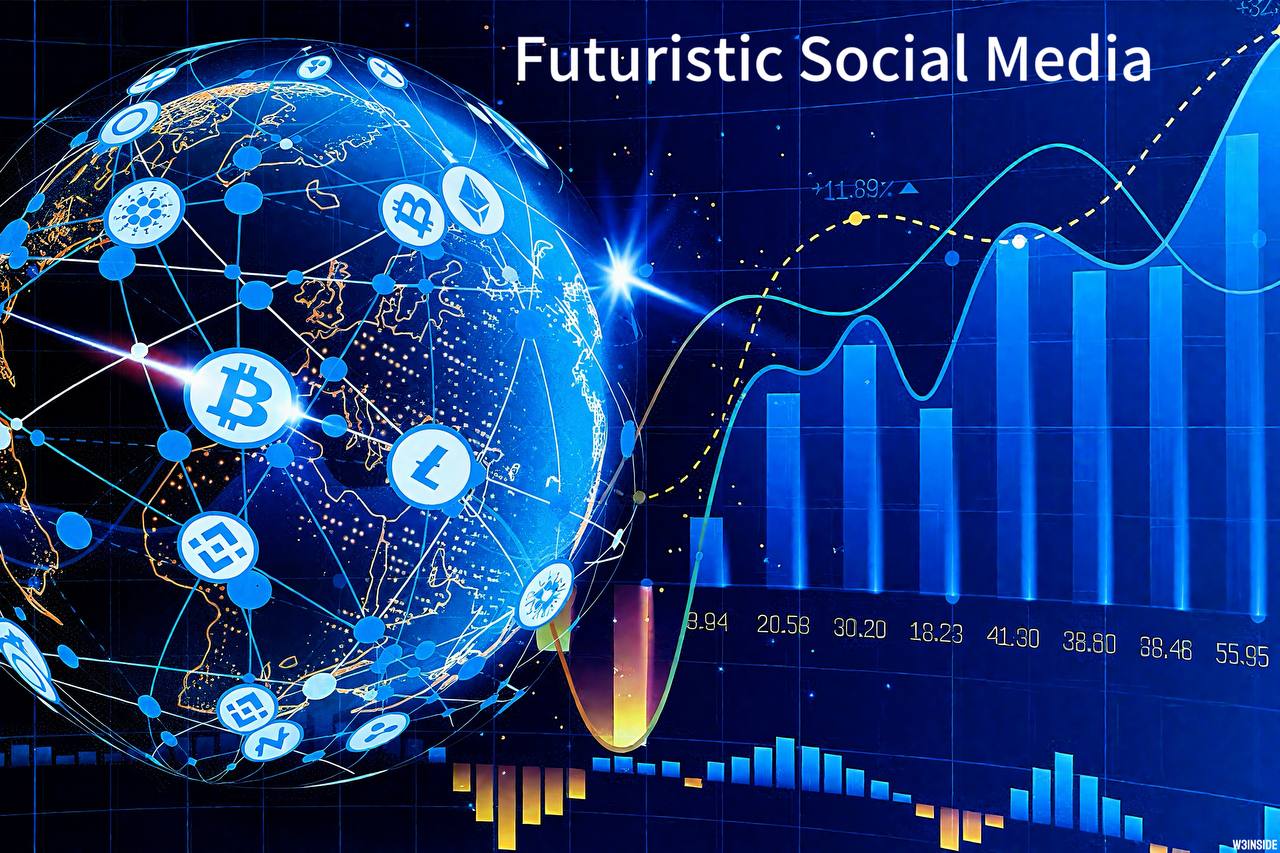
Web3 social media in 2025 represents more than just a new app trend. It’s about redefining digital ownership, censorship, resistance and creator economics. Platforms like Lens, farcaster and Friend.tech show that decentralized alternatives are not only possible but increasing compelling. While adoption hurdles remain, their repaid growth suggests that the Web3 social layer could become as fundamental as email or messaging protocols in the next decade.
Would you migrate your online identity to a Web3 platform if it meant total control over your content and followers? or do you believe centralized giants like Meta and X will adapt fast enough to hold their dominance? Share your thoughts, we’d love to hear where you see the future of digital interaction heading.